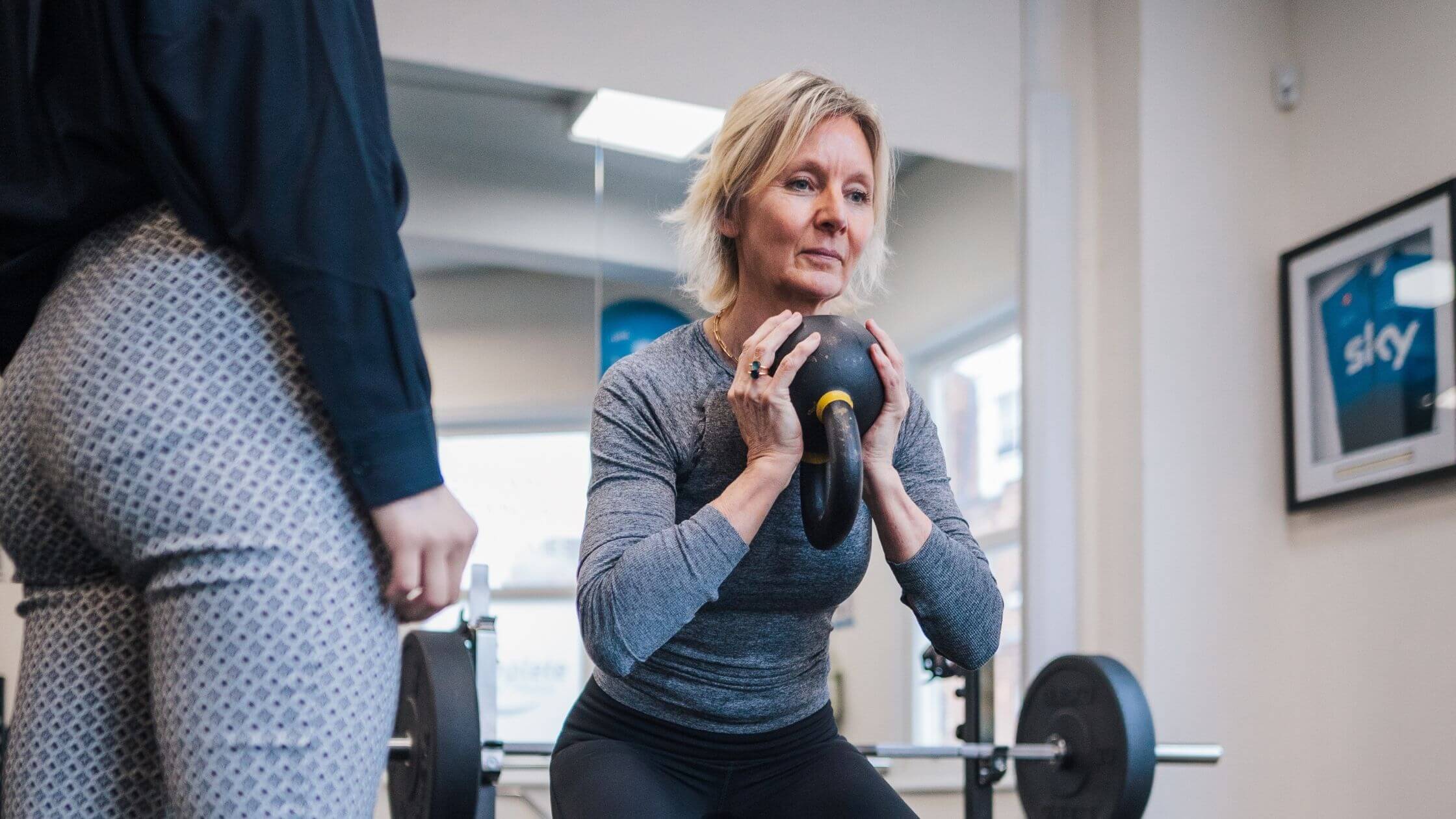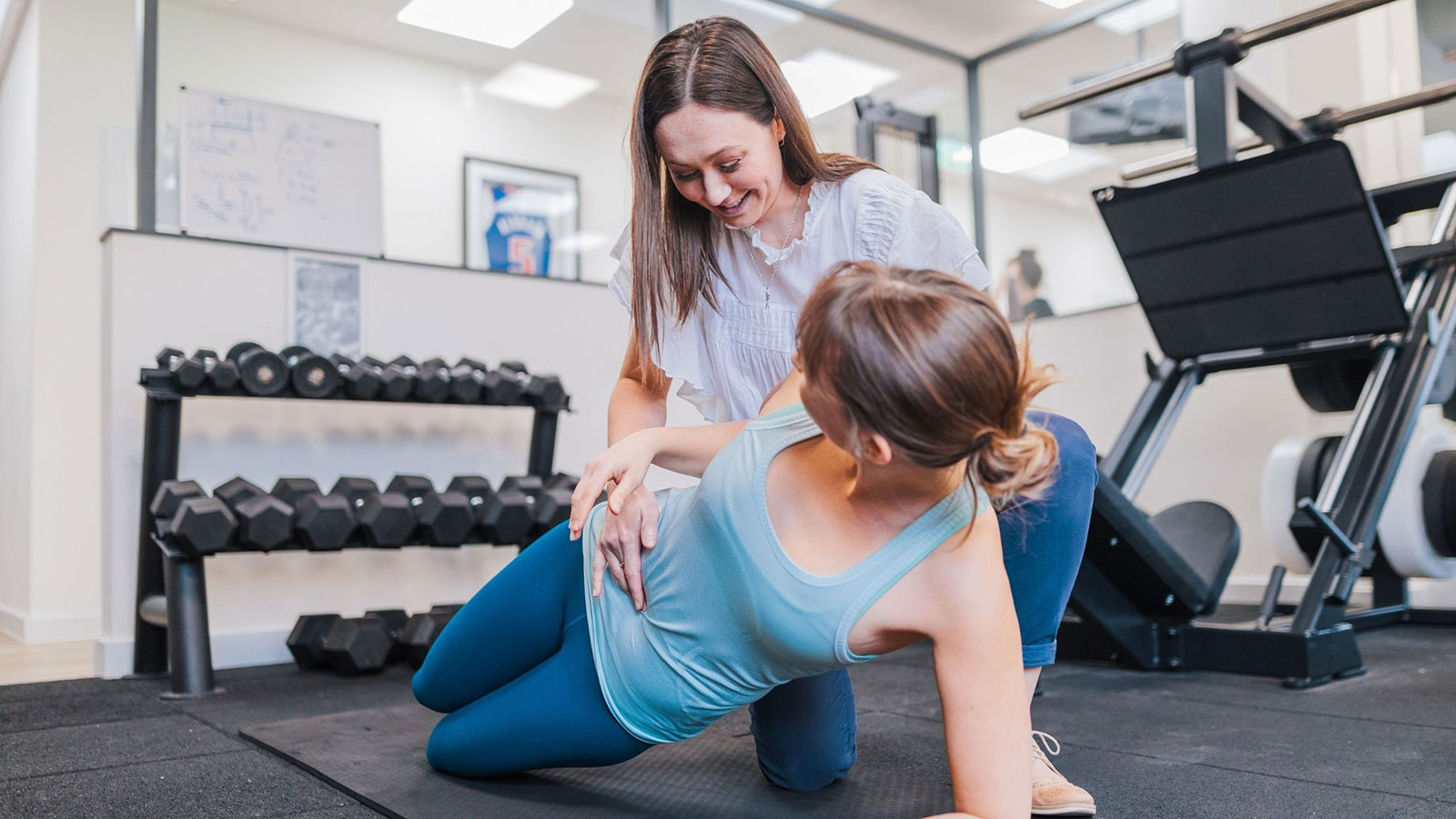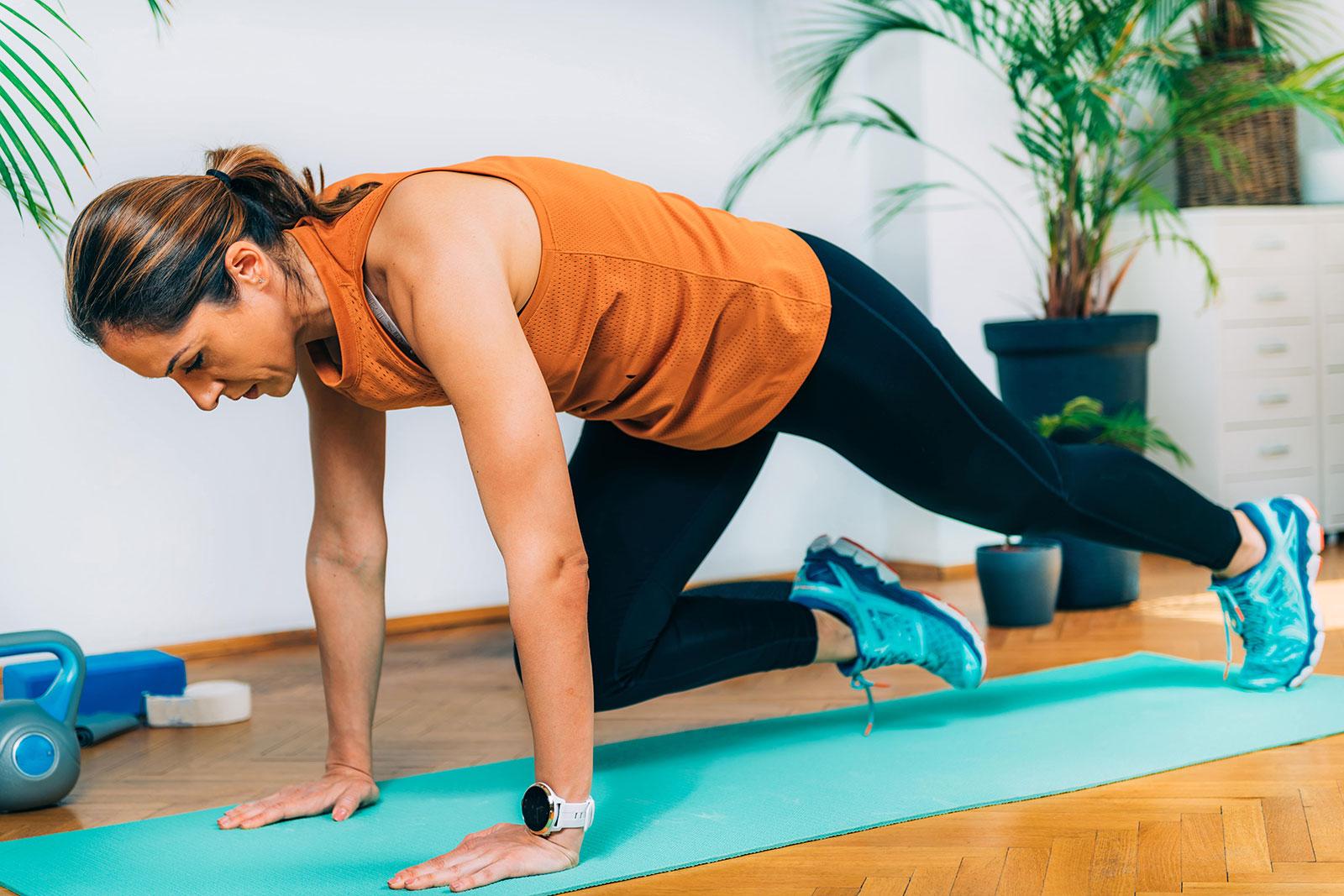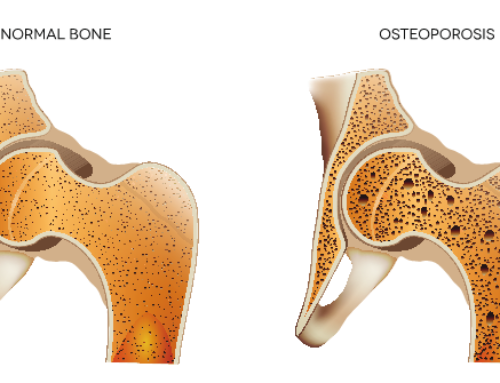What is Diastasis Rectus Abdominis?
Diastasis Rectus abdominis, tummy muscle separation, or tummy gap, are terms which describe the widening and thinning of a small connective tissue which runs down our midlines, dividing our lovely six pack muscle into two halves. This connective tissue is called the linea alba and it runs all the way from the bottom of our sternum to our pubic bone. As the tissue widens, the two halves of the six pack muscle move further apart, and this is where the term ‘tummy muscle separation’ comes from.
Who gets Diastasis?
The widening and thinning of our linea alba is a normal part of pregnancy and during the third trimester 100% of pregnant women will have some degree of diastasis. This is a totally natural part of pregnancy and is actually really important because it enables our bellies to expand and make space for our growing baby. Pregnancy hormones play a large role in this process as they help to soften our connective tissues and ligaments. Along with helping the linea alba to become more pliable, pregnancy hormones will also help to soften the ligaments around the pelvis, preparing your body for labour.
For the majority of women, the linea alba will naturally regain tension within the first 2-3 months postpartum. However, around 1/3rd of women may notice some ongoing tummy gap. This is okay, because it’s not all about the gap and importantly exercise can help you to regain tension and strength.
Although we tend to hear the term diastasis or tummy gap with regards to pregnancy and in postpartum women, it can also occur in men, often in relation to obesity, in elite athletes, and in children too.
It’s important to know that everyone has a linea alba and it’s deemed normal to have a gap of 1-2.5cm between the two halves of the rectus abdominis muscle.

How do I know If I have Diastasis?
If you have diastasis, you may notice a doming or bulging of the tummy muscles at the midline, especially when performing movements that create pressure within the belly, such as a sit up, lifting a heavy object, straining on the toilet, or when doing strenuous exercise. You may also notice a dropping down into the tummy like a valley, or feel that when you push on your tummy, your hand sinks in a little and there’s just not much resistance. You might also feel a gap with your fingers if you press into your midline while lying on your back and lifting your head and these sensations can be felt anywhere along the length of the linea alba.
Is it all about the gap?
Certainly not!
Recent studies have helped us to understand that it is less about the size of the gap, and more importantly about whether or not you are able to generate force across the linea alba and control pressure within the abdomen.
You may have been told, or read on the internet, that if you have diastasis, you will never be able to do movements like a sit up or a plank. I’m here to let you know that is just not true! If you have a gap but do not have any bulging, or sinking, and can generate good tension and control during strenuous activities, then there is no reason why you cannot get back to doing any and all of the activities you love.
What should I do If I have Diastasis?
If you think you may have diastasis you should seek help from a pelvic health physiotherapist or a trainer with experience working with postnatal women. These professionals can help to assess whether or not you have a diastasis and determine which activities and exercises you should begin with to help generate good tension and control to safely regain your strength.

Can I exercise with Diastasis?
It’s important to know that no one size fits all. Everyone generates tension across their linea alba differently and in different positions. As physios, if we think you have a diastasis, we will look to assess you in many positions including a curl up, a plank, a side plank and even squats and lunges. We are typically looking for the positions that you can best generate this tension and will then create a programme that includes strengthening exercise in these positions. This will give you the best chance of building strength in the initial phase of rehab and as you progress, we will look to challenge these positions and increase the resistance or impact.
As a result, there is no right or wrong exercise for diastasis, and as physiotherapists we are looking to find positions and exercises that are best suited to you. As you get stronger, you will be able to perform different and more challenging exercises, but it’s always important to nail the basics first!
Once you have made it past 3 months postpartum, and are able to generate good force across the linea alba, and control pressure within the abdomen during impact movements, you will be able to begin a return to running and sport programme.

Can I prevent Diastasis?
Unfortunately there are few things you cannot change when it comes to your risk of developing diastasis. Your genetics play the biggest role in whether or not you will develop a larger gap, as well as pregnancies with multiple babies.
However, to some extent you may be able to reduce your risk. During pregnancy, especially as you progress, try to:
- Avoid heavy or poor lifting techniques such as breath holding
- Avoid straining where possible, this includes prolonged coughing, constipation or vomiting – speak to your doctor and seek treatment if this is occurring.
- Avoid excessive abdominal loading with exercises including sit ups or heavy weight training
It may be helpful to try to use the log roll technique to help you sit up from bed, and make sure you keep breathing during lifting tasks or even movements like sit to stand.

The most important things if you have diastasis
- Diastasis is a normal part of pregnancy and is actually really important for allowing our tummies to expand and make room for our growing baby
- It is not only pregnant or postpartum women that suffer from diastasis but it occurs in men, in athletes and in children too.
- It is not a life threatening condition, but it can impact your ability to do functional tasks well and also affect your self-confidence.
- If you are concerned about whether or not you have a tummy gap, please seek help from a pelvic health physiotherapist. They are trained to assess you and teach you exercises specific to you to help you regain strength. Importantly they are there to answer any and all of your questions.
- It is not all about the gap! With the right guidance and support, your will be able to improve your strength and return to the activities you love

Don’t let pain hold you back, book now!





